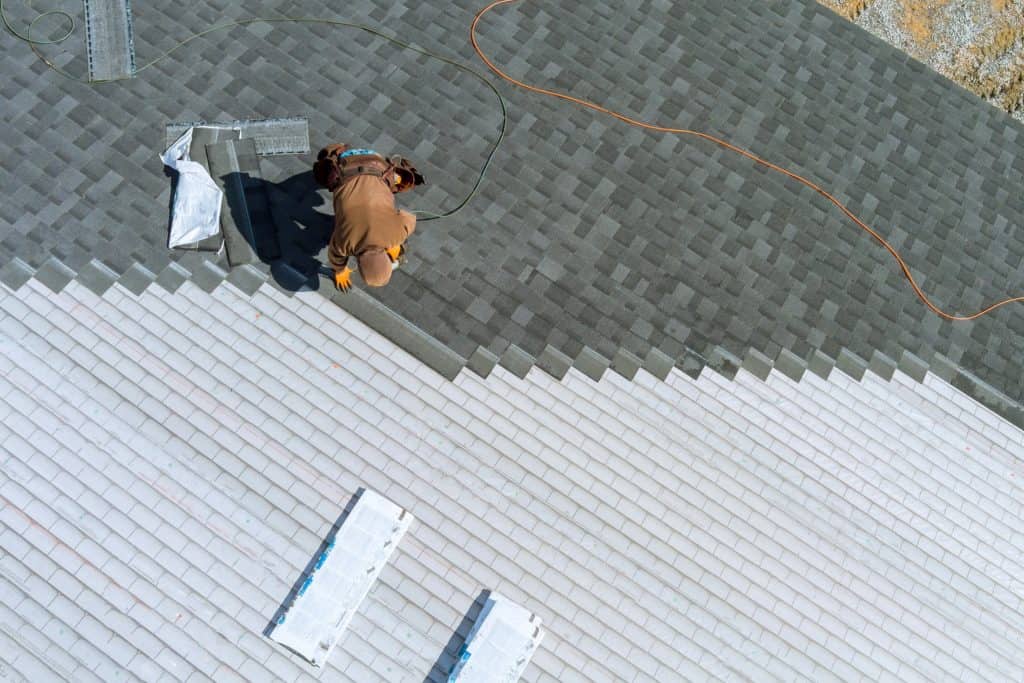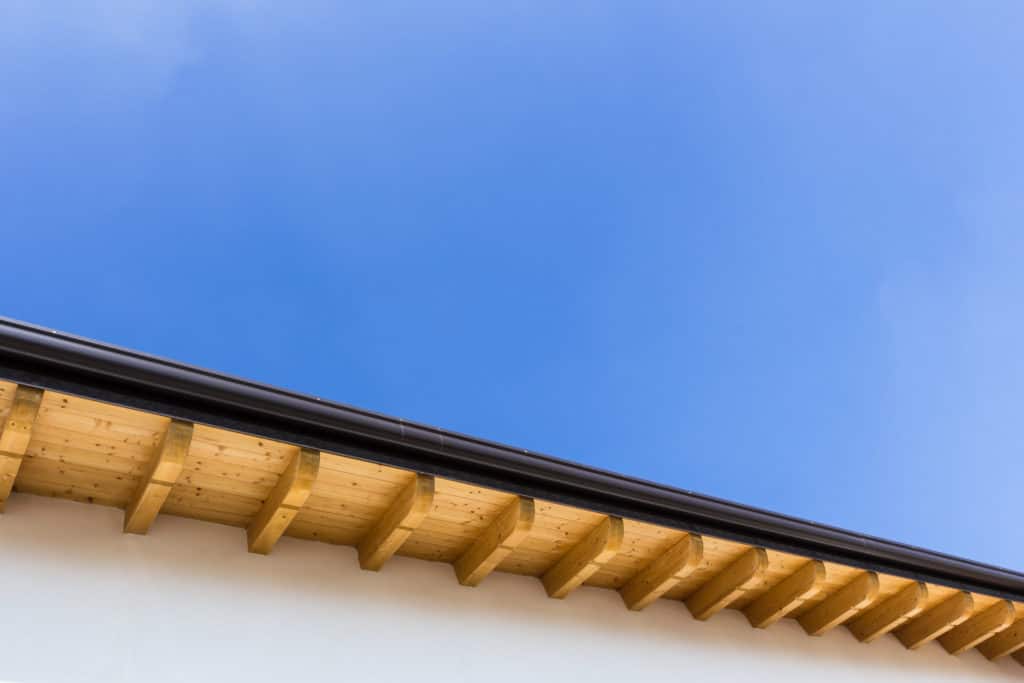Before you start a roof installation project, be sure to follow these tips. You should plan your job well and budget for about 10% of the roofing materials you will use. Also, be sure to avoid taking shortcuts. Remember, safety is the most critical aspect of any roofing project. If you’re working on your own, it may be helpful to have at least one other person helping you. This will increase your efficiency and reduce physical strain. It will also add a safety element to the project.

Installing shingles on a house
There are several steps involved in installing shingles on the house. The first step is to determine the layout of the roof. To do this, you must measure the ridges and hips of the house. Next, mark the shingles with a chalk line. Once you have this information, you can determine the number of bundles you need.
Two standard methods for installing shingles on the house are racking and step shingling. Both methods are effective in creating a watertight barrier. If you’re doing the job yourself, check the sheathing beneath the shingles and use the correct nails.
Before installing the shingles, you must remove the old roofing. Typically, it’s best to use roofing cement. The cement will help hold the shingles in place and prevent the roof from sagging. You can also use roofing cement to cover exposed nailheads. Once you have done all of these steps, you can begin the installation process.
Before you install the shingles on the house, it’s essential to follow the installation instructions from the manufacturer. You should also follow the shingle manufacturer’s guidelines for nail placement. If you don’t follow these rules, you could have issues with the durability and functionality of the roof.
While you can install shingles on the house yourself, hiring a professional to do this job is best. A roof replacement can be difficult and time-consuming, and you could risk damaging the house’s support structure. Before you begin, prepare the work area by removing debris on the roof surface and cleaning it thoroughly with a soft-bristled broom. You should also remove any damaged edge flashing or other material.
Before you begin the installation process, choose a comfortable day for the job. The weather should be dry and warm, with little rain or humidity. You should also wear clothes appropriate for physical labor. For instance, choose sturdy work pants and shirts, allowing full shoulder motion.
Next, you must ensure you’re overlapping the metal flashing pieces. When doing this, ensure the pieces overlap by 150 mm (6″). Then apply asphalt plastic cement under the overlapped metal pieces. Once the valley flashing is complete, lay the shingles over the valley flashing and nail them back along the chalk line.

Choosing a roofing material
The material you choose for the roof of your house is an important decision, and the style of your home may impact the type of material you use. For example, if you have an antique-style home, you may want to consider using tiles. Similarly, brightly painted houses complement the look of dark roofs. For example, a dark grey roof looks great with a white home. Meanwhile, brown and cream-colored homes look good with brown or black roofs.
Synthetic roofing materials, such as synthetic slate, offer a low price and are fire-resistant. They are also more affordable than other materials and have a longer lifespan. However, if you live in a hot, dry area, you may want to avoid using this roofing material.
The cost of roofing materials varies considerably, depending on the brand, material, and production cost. Depending on your budget and location, asphalt shingles can be affordable, while wood shingles are expensive. It would be best if you also considered the building codes in your area. Moreover, you should consider any damage to the roof before choosing the best roofing material for your home.
The roof of your house is just as important as its foundation. It plays a crucial role in ensuring safety and functionality. Moreover, the design and architecture of the home can influence the choice of roofing material. Choosing a roofing material for your house can distinguish between a safe home and a dangerous one.
Asphalt shingles are the most common roof material used in the United States. They are easy to install and do not require a lot of skills. These shingles can come in several colors and can also be made to look like wood. However, they do not have the best aesthetic look compared to laminated shingles.
When deciding on a roofing material, homeowners should consider their roof’s function, which can affect the house’s curb appeal and livability. The roofing material should also be appropriate for the slope of the roof. For example, asphalt shingles are popular for residential roofs with steep slopes, but if your home is in a low-slope area, you should choose a specialized shingle material.

Getting a new roof
When it comes to DIY home improvement projects, tearing off an old roof is a lot of fun. But before you get started, you’ll need a big dumpster or Bagster(r) and the proper tools. Start by placing the dumpster on the side of your home where it can easily accommodate the old roof. Ensure the dumpster has plenty of space to accommodate the shingles, nails, and other roofing materials.
Roofing is a big job, and it can be unsafe if you’re not familiar with the process. Many steps are involved, which can take a lot of backbreaking work. You also may not have the proper building permits or materials on hand. A contractor can obtain the proper materials and get the necessary permits quickly.
Preparing for the project
Before beginning a DIY roof project, it is essential to gather materials. This preparation can save you time and money by avoiding mistakes. Ensure you have all the materials you need, and take your time. If you don’t, you could spend more time and money than expected.
Gather tarps and roofing tools to protect heat pumps and plants. This project will require heavy equipment, so ensure you have adequate insurance to cover any potential damage. If you have kids, make sure to make arrangements for a babysitter or arrange for someone to watch them. Also, protect pets from loud noises and possible danger.



